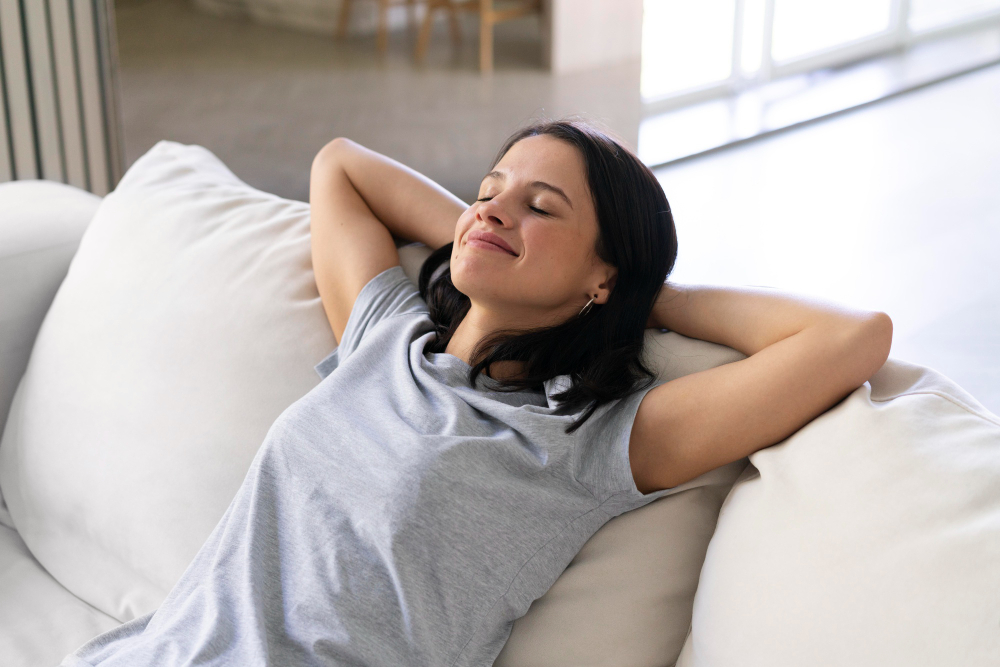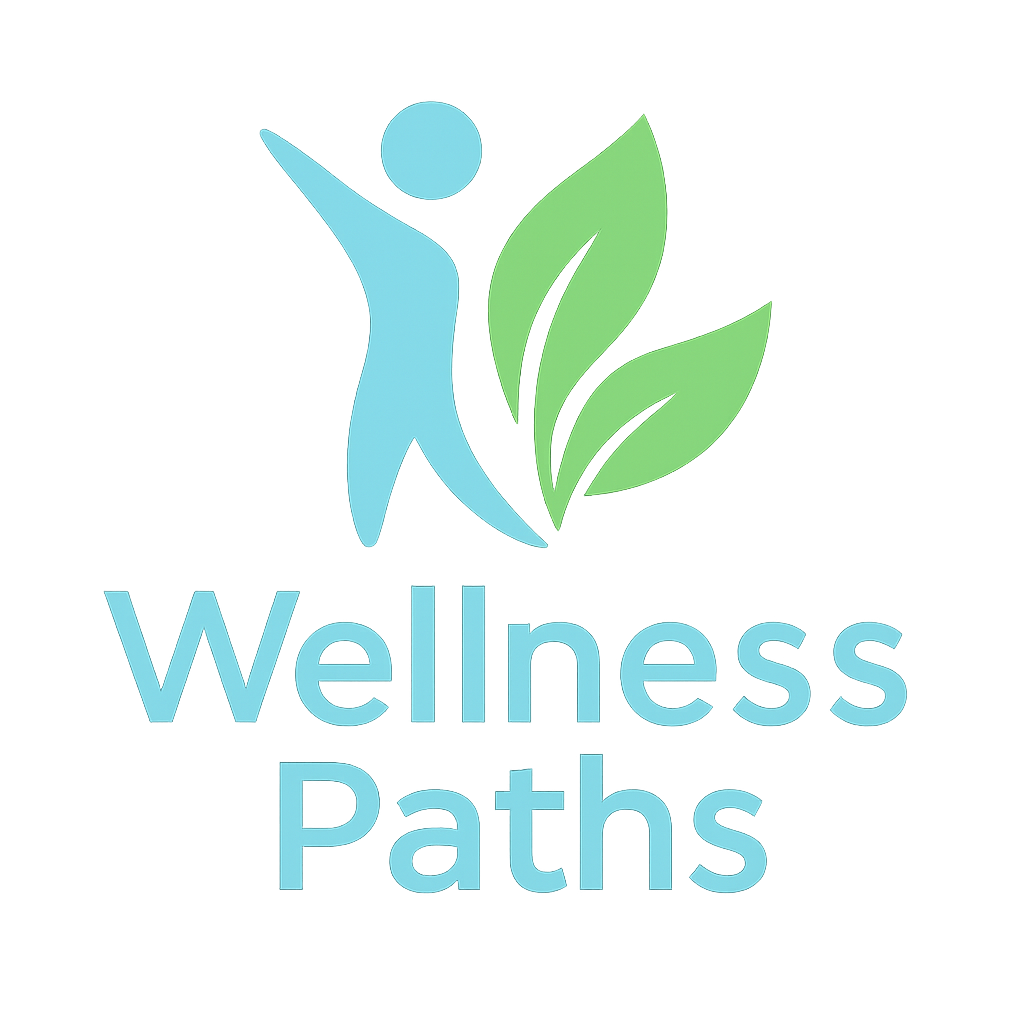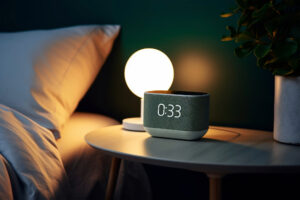Napping is no longer just for kids or lazy weekends. More and more people are discovering the incredible benefits of a well-timed nap in boosting productivity, improving mood, and restoring mental clarity. But not all naps are created equal, and the time you choose to nap can make a big difference in how refreshed—or groggy—you feel afterward.
In this article, we’ll dive into the science behind naps, explore the best time to nap depending on your lifestyle and sleep patterns, and share practical tips to help you nap smarter, not longer.
Why Napping Works
Taking a short nap during the day can do wonders for your brain and body. Sleep scientists have found that even a brief nap can enhance memory, increase alertness, reduce stress, and boost creativity. But to really recharge, naps should complement your overall sleep, not replace it. Learn more about how to get truly restorative rest in our article on Restorative Sleep: Keys to Sleeping Well and Recharging Your Energy.
Unlike a full night’s sleep, a nap is a focused, strategic way to give your body a small dose of rest when you need it most. It’s like a pit stop for your brain—fast, efficient, and necessary when energy levels dip.
The Circadian Rhythm and Afternoon Slumps
You might have noticed that around the early afternoon—say, 1 to 3 PM—you start to feel a little sluggish. That’s not a coincidence. It’s your circadian rhythm at work.

Your body naturally experiences a dip in energy levels during the early afternoon, regardless of how well you slept the night before. This biological rhythm is tied to fluctuations in body temperature, hormones, and brain activity. That’s why many cultures incorporate a midday rest or siesta—it’s built into our biology.
For most people, the best time to nap falls right within that window: between 1:00 PM and 3:00 PM. Napping too early won’t offer the same benefits because your brain is still in its active daytime mode. Nap too late, and it could interfere with your nighttime sleep, making it harder to fall asleep when you need to.
Ideal Nap Duration
Not only does timing matter—so does length. A nap that’s too long can leave you groggy, a condition known as sleep inertia. That heavy-headed, cloudy feeling after waking up happens when you wake during deeper stages of sleep.
To avoid that, most experts recommend keeping your nap to about 10 to 20 minutes. This short nap keeps you in the lighter stages of sleep, giving you the benefits of rest without the fogginess.
If you have more time and know you won’t be disrupted, a 90-minute nap can also be effective. This allows your body to complete a full sleep cycle, moving through light sleep, deep sleep, and REM. These longer naps are more restorative but carry more risk of grogginess if you wake at the wrong point.
Matching Your Nap to Your Lifestyle
The ideal time to nap can also depend on your daily schedule and sleep habits. For example, if you’re an early riser who starts your day at 6:00 AM, your natural dip in energy may come earlier—closer to 12:30 PM. On the other hand, if you’re a night owl who sleeps in, your slump might come a little later, around 2:30 or even 3:00 PM.
If you work a 9-to-5 job, fitting a nap into your schedule might feel impossible. But even a short rest during your lunch break or a quiet moment in your car can be surprisingly effective. Pairing this with good nighttime habits can improve your overall sleep quality—check out our article on Best Nighttime: Habits for Better Sleep That Really Work for simple tips to relax and unwind. But even a short rest during your lunch break or a quiet moment in your car can be surprisingly effective.
If you work night shifts, the best time to nap will be completely different. In that case, a pre-shift nap or a nap in the middle of the night (during a work break) can help combat fatigue and improve alertness. The key is learning when your body naturally wants to rest and using that time wisely.
Common Nap Myths
Some people avoid napping because they believe it will make them feel more tired or that it’s only for lazy people. But these are outdated myths.
The truth is, napping isn’t a sign of laziness—it’s a tool for better performance. Studies have shown that even elite athletes and top-performing professionals use naps as part of their recovery and performance routines. NASA, for example, recommends short naps for astronauts to enhance cognitive performance.
Another common myth is that napping ruins nighttime sleep. While it’s true that very long or very late naps can interfere with your ability to fall asleep at night, short early afternoon naps generally don’t have a negative effect on nighttime sleep for most people.
Tips for a Better Nap
The environment where you nap makes a big difference. Try to find a quiet, dark, and cool space where you won’t be interrupted. If total silence isn’t possible, soft white noise or gentle music can help block distractions.
Set an alarm if you’re aiming for a short nap. That way, you won’t accidentally oversleep and fall into a deep sleep cycle. Even closing your eyes and resting without falling fully asleep can provide some of the benefits of napping.
Caffeine naps are a little trick used by some people: drink a cup of coffee right before your 20-minute nap. The caffeine takes about 20 minutes to kick in, so when you wake up, you’ll feel doubly refreshed. Just don’t try this too late in the day or it could keep you up at night.
Listen to Your Body
Everyone’s needs are different. Some people function great with no nap at all, while others feel their best after a short daily nap. Pay attention to your own energy levels, mood, and mental clarity throughout the day. If you consistently hit a wall in the early afternoon, a nap might be exactly what you need.
At the same time, if you find yourself needing multiple naps a day or always waking up exhausted, that could be a sign of poor nighttime sleep or an underlying issue worth discussing with a doctor.
Final Thoughts: Napping Is Self-Care
Napping isn’t something to feel guilty about—it’s a form of self-care. When done correctly, it can help you feel more focused, more productive, and even happier. In today’s always-on world, taking a moment to rest is a radical act of listening to your body and respecting its limits.

So next time you feel that midday crash, don’t fight it. Set a timer, find a quiet spot, and give yourself permission to take a break. Your brain—and your mood—will thank you.
Have you found your perfect nap time? Do short naps work for you, or do you prefer a longer rest? I’d love to hear your thoughts and nap strategies in the comments!
Sources
Harvard Health – “Should I Take Afternoon Naps?” This article explains that for most people, taking a nap during the natural early-afternoon energy dip (typically between 1 p.m. and 3 p.m.) can boost alertness and productivity without disrupting nighttime sleep. It recommends keeping naps under 30–60 minutes, warns of sleep inertia from longer naps, and emphasizes setting a nap schedule, comfortable environment, and a brief buffer before returning to demanding tasks.
https://www.health.harvard.edu/staying-healthy/should-i-take-afternoon-naps
Verywell Health – “How Long Should You Really Nap for Optimal Brain Function?” Presents current research suggesting optimal nap durations of 10 to 40 minutes to reap benefits like improved mood, alertness, and cognitive performance, while avoiding grogginess from deep sleep. It also notes that frequent, short naps may be linked to better brain health and slower cognitive aging.
https://www.verywellhealth.com/how-long-should-a-nap-be-8756044
Johns Hopkins Medicine – “Can a Nap Boost Brain Health?” Based on studies of older adults, this source shows that 30–90 minute naps are associated with better memory and cognitive performance, particularly in word recall and visual tasks, suggesting a role for regular midday rest in preserving brain health.
https://www.hopkinsmedicine.org/health/wellness-and-prevention/can-a-nap-boost-brain-health





